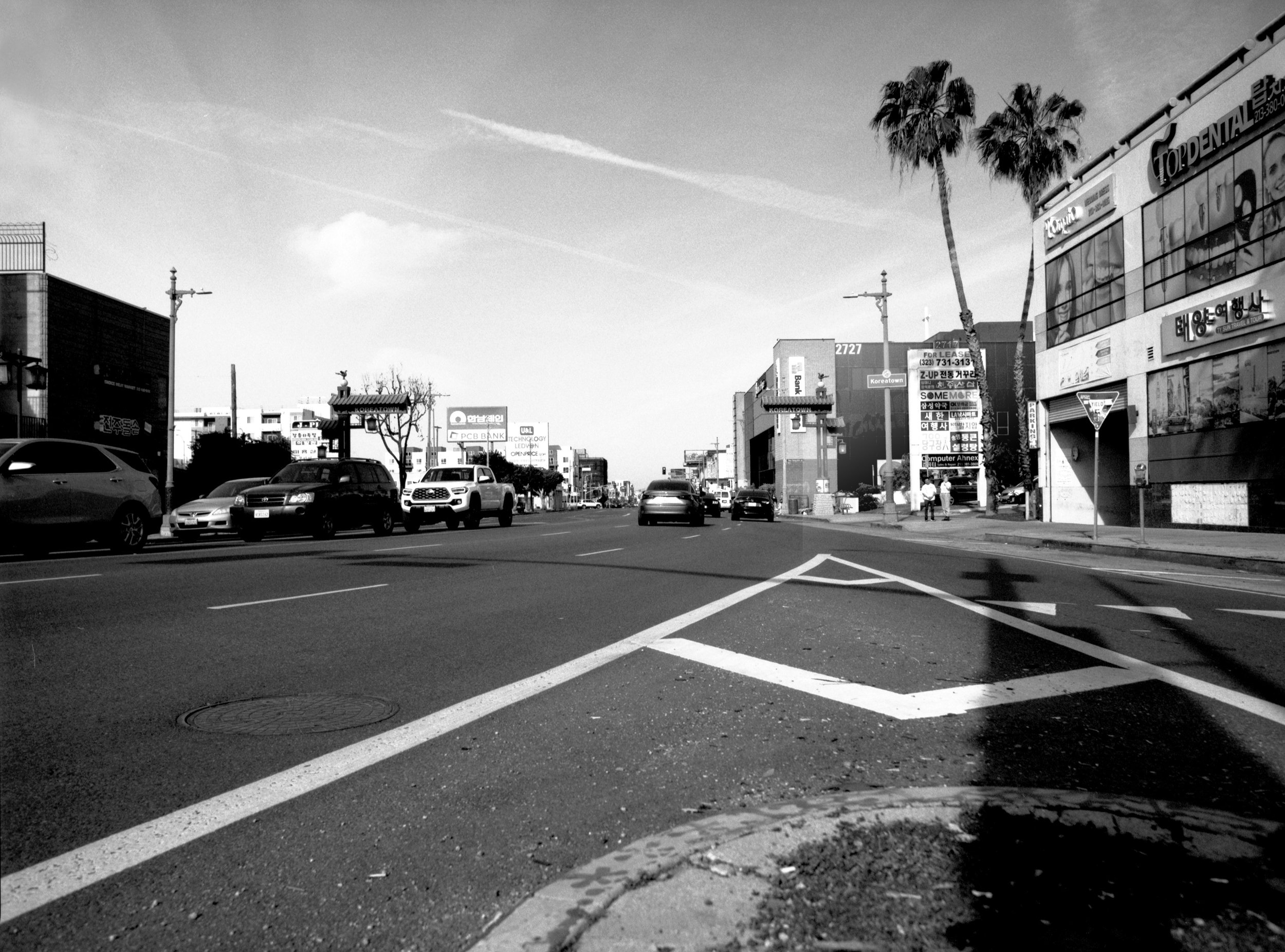
THE THING ABOUT K-TOWN...
THE THING ABOUT K-TOWN...
“Yeah, that’s called K-Town.
Puro Oaxacan.
Puro Oaxacan Korean.”
— Gil Cedillo, Former Los Angeles Council Member —
These words gave birth to K-TOWN Is Oaxacan Korean.
They jumped out as we listened to former L.A. City Council Members Nury Martinez, Gil Cedillo, and Kevin De Leon's now-infamous conversation. While discussing the leaked recording, we flipped the label “Oaxacan Korean”—first uttered during the conversation as a joke—into a moniker defiantly celebrating the beauty and resilience of Koreatown.
K-Town first made national headlines during Saigu (“four-two-nine”), the six-days of unrest in Los Angeles which began on April 29 of 1992 after four LAPD officers were acquitted for the beating of Rodney King. According to sources, "Of the 3,100 businesses destroyed in the 1992 L.A. riots, well over half were Korean-owned." However, the Council Members in this backroom conversation were clearly unaware or uninterested in this injustice, seeking instead to “divvy up” the neighborhood for their own gains. But for us, the cultural and economic contributions of Oaxacans, Koreans, other immigrants in K-Town and neighboring Black communities are not to be ignored or forgotten. (Click here for additional information and resources regarding Koreatown and the L.A. City Council audio leak.)
K-TOWN IS OK is a mosaic of interviews and a podcast for this neighborhood. Combining language, fashion, and social media to bring together two seemingly distinct groups, our goal is to create new space for the streets and culture we share as well as to note what is unique to each one.
Watch our recent panel event showcasing diverse K-Town members:
THE COLLABORATORS
Jimmy ‘J.T.’ Recinos
Urbanite & host of J.T. the L.A. Storyteller Podcast | jimbotimes.com
Born to my Salvadoran-American father and Oaxacan-American mama, it took me some time before I’d meet peers with roots like my own, but during my freshman year of high school, when I’d take the Metro 754 bus from Vermont and Santa Monica to Vermont and Wilshire, I found them in K-Town.
My class was full of Salvadoran, Guatemalan, Honduran, Korean-American and African-American students, who got along as well as a group of angsty teenagers anywhere might be expected to. After-school, through K-Town’s shops and alleyways, the world around us was a kaleidoscope of colors and language. My friends and I loved walking south on Vermont Avenue to 8th Street to find bacon-wrapped hot dogs, if not west on Wilshire Boulevard towards Normandie and Western to grab some boba. These walks always maintained an openness about them, supported by cheap public transit and a sense that no one and everyone belonged in K-Town.
Today, this roughly three-mile radius at the center of the city is as essential as ever, filled by a new wave of small business-owners and their communities, who dot the landscape with goods, services, and the go-getter spirit epitomizing Los Angeles. I can’t help but stand with them and seek to lift their Cuentos up big-time.
Helen H. Kim
Community-based artist and researcher | theotherhelenkim.com
My family immigrated to the U.S. in 1981 when my dad decided to make a new start at the age of 39. I was seven, my sister was two, and my brother was a two-month-old embryo. Our very first American home was a studio apartment in 코리아타운 {Koreatown}, on 8th and Ardmore. Life was very different in this new land where the language, culture, and their new identity as “minorities” limited my parents’ mobility and autonomy. They didn’t let that stop them from providing and advocating for their kids, though. As for me, everyday at school was a strange mystery. The only tool I was given to figure things out was ESL (English as a Second Language), which didn’t help little me decode the quiet tremor of tension between the Korean, Black, and Brown kids. I learned to abide by unspoken rules for some semblance of security and belonging. I’m still unpacking the effects of those early years on my embodied understanding of racial/cultural dynamics, equity, and reconciliation.
The Kims lived here for just five years before moving to the suburbs, but K-Town continued to be the center of family life. My parents eventually moved back after the kids grew up and left home. For me, K-Town is nostalgia and broken dreams, old wounds and the way forward. There’s so much beauty and potential in its incredible complexity and diversity. It’s like no other place I know.






